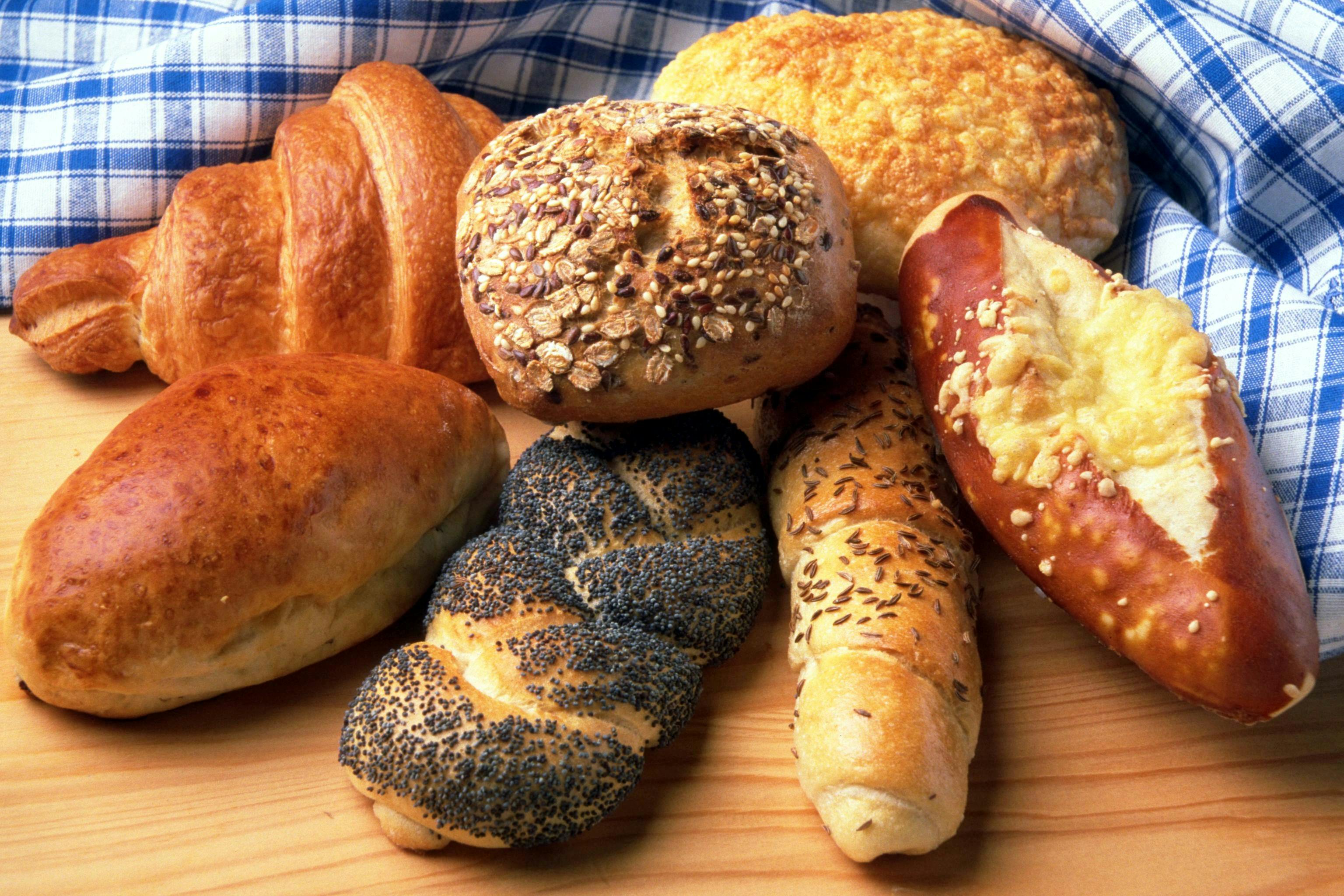
STEM
Environmental & Science Education
Miscellaneous
Edward Hessler
While at Microsoft, Nathan Myrvold was its Chief Technology Officer and also founded its research wing (Microsoft Research). He took the money and ran, not away, but to a new career. He opened the Cooking Lab in Seattle, part of Intellectual Ventures and returned to his scientific roots and continued growing his innovation roots.
Myrvold's first publication from the Cooking Lab was a mere six volumes long, 2438 pages, weighing in at 23.7 kilograms (~52.2 pounds) titled Modernist Cuisine: The Art and Science of Cooking. Price: $625. Visually it is stunning and the photography, if you've not seen it, may leave you wondering how the photographs were made.
Since then, Myrvold turned his attention to bread science. The new publication is 5 volumes but has more pages (2642) than Modernist Cuisine, weighs more (24.2 kilograms or ~53.4 pounds) and also includes a recipe manual. It is priced at $625.
Physicist Robert Crease has written an article about Modernist Bread and its author. The book is a meditation and is a call for experiment and innovation in break making. Here is a quote from Crease's essay. Think of it as an abstract of the book.
Myhrvold tells me he has no apologies for all the physics in the book. “One interviewer asked me what made me think I could put science in the kitchen. I said, ‘Science is always there! I only took the ignorance out!’”
So what is the ignorance that Modernist Bread is now taking out of baking?
“A lot, it turns out,” he says. “Just because a cooking practice is old doesn’t mean it’s good. In the 1970s, there was an artisinal bread movement that advocated returning to the supposedly good bread-making of the past. Nonsense! The best bread is being baked now!”
If you like bread or even if you don't, Crease's essay is fun to read and includes some pictures, too.

 CGEE Student Voice
CGEE Student Voice
No comments:
Post a Comment